Living & Diving With The Garmin Descent Mk3i
A Professional Diver & Watch Enthusiast’s Review Of A Leading Dive Computer
I have reached an impasse. After years of avoiding dive computers, my slow and reluctant descent into scuba as a recreational pursuit has necessitated a newfound willingness to experiment with diving computers' staggering modern suite of tech. Scuba diving with a capable dive computer is fundamentally safer than diving without one, and the time has come for me to cast off my old-school inclinations and embrace modern diving technology. In this edition of the Dive Log, I’ll review the Garmin Descent Mk3i, sharing my experiences living and diving with one of the industry’s leading watch-style computers from the point of view of a former commercial diver, professional watch nerd, and budding scuba enthusiast. As a disclaimer, this wasn’t easy for me.
Who Needs A Dive Computer Anyway?
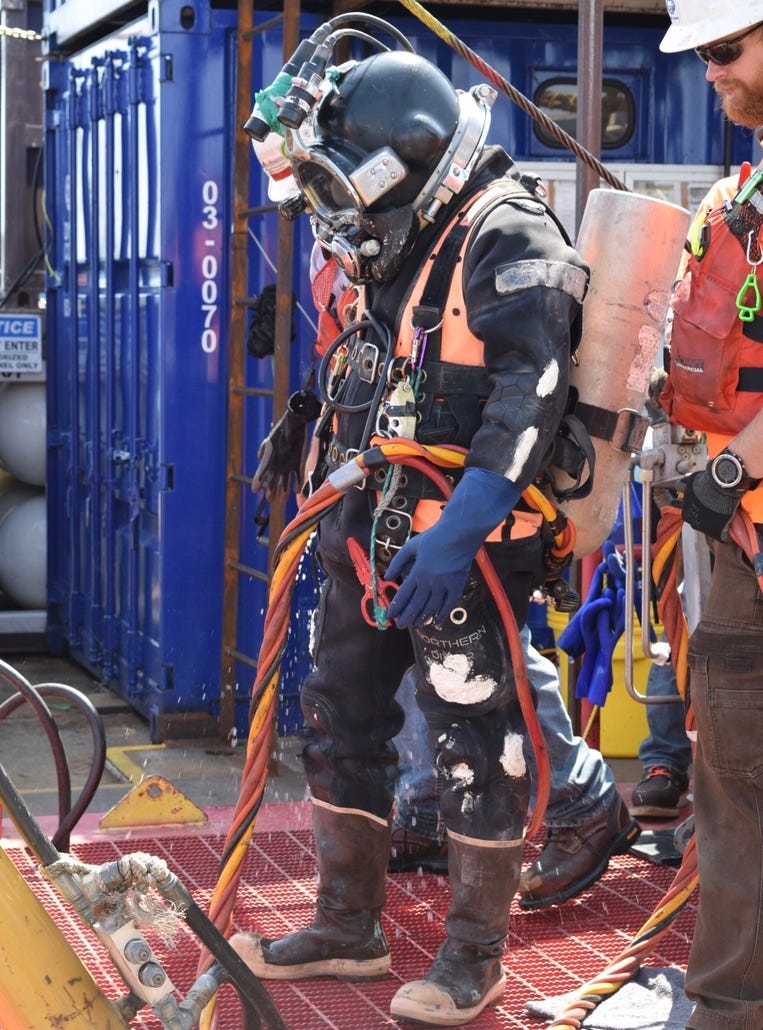
My reluctance to embrace the on-wrist iPad experience offered by many dive computers is not without cause. When I initially completed my Open Water cert—a prerequisite for my commercial diving school—in 2015, I was taught without a computer, completing my check-out dives with a G-Shock, depth gauge, and a set of dive tables. My instructor was old, salty, and adamant that we not start our undersea lives anchored to tech. When I started commercial diving school the following year, the first semester consisted primarily of scuba diving before learning the ways of “hard hat” diving, the primary mode of diving in underwater work. With an emphasis on self-sufficiency, an understanding of dive physics, and keeping it simple, I earned a stack of scuba certs without ever once strapping on a dive computer.

It may sound outlandish or even dangerous to seasoned scuba professionals, but dive school was designed to prepare us for the commercial diving industry, where computers are scarce. In commercial diving, operations are managed by way of depth, time, and tables, with a supervisor on the surface doing the math for the diver in the water. Where I worked in inland diving, doing the hard yards in lakes, rivers, streams, and industrial settings, the last thing on my mind was a decompression obligation, with the majority of my efforts being on the shallower side. Once more, there wasn’t a dive computer in sight. I was, as one supervisor often reminded me, nothing more than an instrument of his will at the end of the umbilical.
Working in deeper water and diving mixed gas, I remember seeing computers here and there, with certain divers preferring to have the additional data to enrich the logbook or perhaps to keep their supervisors honest. Still, the dive sup served in a God-like fashion, prescribing any in-water or surface decompression by the tables, typically handwriting the diver’s schedule on a photocopied dive log—old school. In these matters of life and death, the supervisor’s decompression schedule matters above all else. For a diver in the water to interject with information from a computer would have been considered ridiculous and inappropriate. So you can see how I ended up this way.
Enter Recreational Scuba Diving, Computers, & Watch Nerds
When I made the transition from commercial diver to watch industry writer, I missed diving. To stay connected to the world of diving while also sharing my love of dive watches, I started the Submersible Wrist Instagram page and quickly found my tribe of watch nerds who were also passionate scuba divers. Soon, a scuba trip was arranged, and it was time for me to dig out my dusty old scuba gear. While I felt more than confident in my ability to plan my dives without one, my new dive buddies assured me I’d be better off with a computer, despite my reservations.
Based on input from the homies, I picked up the Garmin Descent G1 Solar, the brand’s base model diving computer and fitness smartwatch combo. Five or six trips and many dozens of dives later, I am proud to report I finally understood. I still think it’s possible to dive without a computer safely in certain instances. But for everyone, pretty much all of the time, diving with a computer is safer, full stop. In my new role as a scuba nerd, the Descent G1 Solar was a capable tool, managing my profile and allowing me to spend more time enjoying the actual diving, a new concept for a former undersea instrument of construction and maintenance. Of course, I still love and appreciate watches, so I’d dive the Descent G1 on one wrist with a dive watch on the other as a theoretical backup.
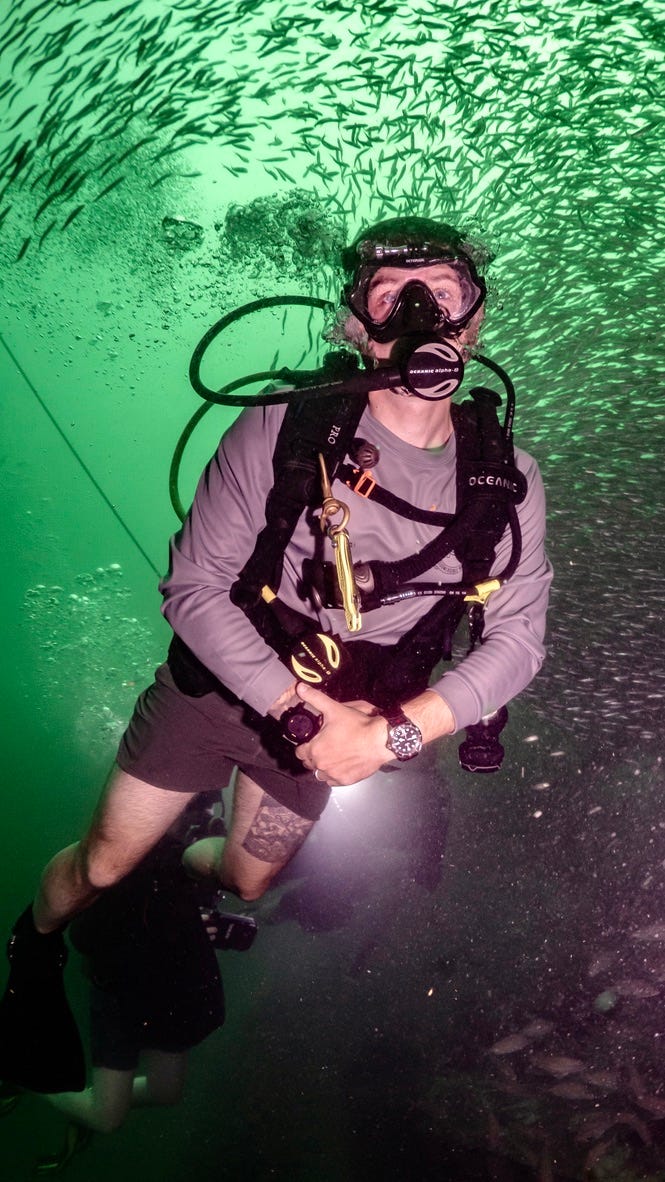
While it is a great tool for its price, the Descent G1 is still the base model and lacks certain sexy features that, again, make diving easier, safer, and more enjoyable. Most importantly, the Descent G1 lacked integration, meaning the computer doesn’t keep track of cool things like your rate of consumption and how much gas is left in your tank by way of a transceiver mounted on your first stage. More than convenience, integration adds layers of contingency, including alarms to let you know it’s time to head back to the boat. Enter the Descent Mk3i, Garmin’s fully-featured range-topping diving computer extraordinaire.
Garmin Descent Mk3i - A Near Do-It-All Solution For The Modern Diver (At A Cost)
At no less than $2,100, including the all-important T2 Transceiver allowing for integrated functionality, the Mk3i is decidedly on the high end of scuba diving computers, especially when considered against other so-called “watch-style” computers. I won’t attempt to write out everything the Mk3i does, but when it comes to diving, you’re getting every dive mode you can imagine (including nitrox, trimix, gauge, apnea, apnea hunt, and closed-circuit rebreather, all of which can be customized), air integration, a dive compass, a flashlight, Subwave Sonar connectivity allowing you to message other divers or monitor their air, and an intriguing “Dive Readiness” tool using heart rate and sleep data providing input for how ready you are to dive.
The diving goodies are in addition to the full suite of Garmin smartwatch, GPS, and fitness tracking capabilities, which are also significant. I reviewed the full-size 51mm model with its bright 1.4-inch AMOLED touch screen, but there are smaller 43mm options and non-integrated models that are cheaper, down to about $1,200 depending on what you select. As a note, if you want the flashlight, that only comes with the big 51mm dog. Despite my background in commercial diving, my scuba adventures thus far are relatively pedestrian. I don’t count myself among the undersea legion of “tech divers” and used the Descent Mk3i the way most of you would, as a regular old scuba guy doing recreational no-decompression dives. So what’s the computer like in action, you may ask?
Diving In Full-Auto
I accepted after reading about the Descent Mk3i’s capabilities that I am not the kind of guy who’s going to push this thing to the fullest or use anywhere near all of its functions, but with that being said, the incredibly seamless, almost automatic process of using this computer is something to write home about. After setting up the transmitter, which took around two minutes of relatively intuitive effort, all that was left to do was to change the oxygen percentage in the computer to the nitrox blend in my tank. In this case, I didn’t read the instructions and found where I was going with measured ease, a factor no doubt aided by my previous experience with Garmin products, but I would still argue that the Descent has an almost Apple-like ease of user experience.
In the water, assuming everything is set up correctly, you almost don’t have to do anything but dive, which is the goal of any jazzy expensive computer, allowing the diver to concentrate fully on the tasks at hand. I’m not advocating for divers knowing less about their profiles or the math behind safe diving, but you can’t help but enjoy knowing you have the added significant layer of contingency provided by a computer brain’s ability to do math you and I never could, in the water, on the fly. Tech like this allows you to enjoy diving more, or at least spend more of your attention on the undersea things you came to see.
The large 1.4-inch AMOLED display is truly excellent underwater, highly legible in all conditions, more than bright enough, and, in its way, stylish, even to a watch nerd. You can customize pretty much everything about the information on offer, but the Mk3i is set up as standard in the format some smart diving people thought might be best, so I’ve stuck with it. The buttons are easy to operate with gloves, provide enough tactile feedback to know when you’ve pressed them, and toggle easily through the watch’s underwater functions. The vibrating alarms for things like rapid ascent are enough to get your attention without scaring away the wildlife, and the computer as a whole was a joy to use. If you want a diving computer that does almost everything while feeling more like a watch and have this amount of money to spend, I wholeheartedly recommend the Mk3i.
To A Watch Enthusiast, Nothing Is Perfect
My biggest gripe with the Descent Mk3i is its display in relation to its battery life. To be clear, the battery life is, viewed holistically, solid, lasting some 25 days. But, to be clear again, this is assuming you allow the computer/watch to live in a mode where the screen is not always on. If you want the screen to be on all the time, that will cut your battery life down to ten days. For a watch nerd, not being able to see the “dial” without doing what Garmin calls a “Wrist Gesture” is maddening and not something I was able to get used to, leading to my constant use of the “always on” functionality. If you’re an Apple Watch person, this probably won’t bother you a bit, but for a watch nerd who spends a weird amount of time glancing, it was tough, and it meant I was never going to treat the Descent the way I would a regular watch.
That said, ten days is still decent battery life, and it didn’t seem to reduce much from that figure, including a dive trip lasting a few days. One important caveat to this is that the smaller 43mm version of this computer platform has significantly less juice, amounting to 10 days with Wrist Gesture and only four days when the display is always on, which isn’t great. For better or worse, this fancy, bright, colorful screen requires a lot of power relative to the simpler black-and-white situation on the Descent G1, which easily manages 21 days while being “always on”. This may or may not be a deal breaker for you, but it is something to consider, depending on how you intend to use the thing.
Final Thoughts
At this point, I can only promise I started writing this edition of the Dive Log as a review of a high-end Garmin computer called the Descent Mk3i. As I typed, I realized I had more to say about how divers from certain backgrounds—either military or commercial—perceive and utilize (or don’t utilize) diving computers in general. If you made it this far, thanks for hanging in there. My life has changed. Once the kind of guy who spent four hours at a time sucking mill scale—a by-product of a steel rolling mill—through a four-inch hose all of five feet underwater, I am now the kind of guy who plans overly complicated scuba trips with his watch and diving friends.
For me, a diving computer makes all the sense in the world, making for a simpler, more convenient, and ultimately safer diving experience. Whether you’re coming from the world of watch nerds or not, the Garmin Mk3i is among the most fully-featured and easiest-to-use premium computers on the market and, for what it’s worth, feels a lot more like a watch than much of its competition.
Thanks again to Brock Stevens (@deepsea.edc) and Jacob Van Buren (@sea_vue) for their help with the photography in this edition of the Dive Log. We get by with a little help from our friends.

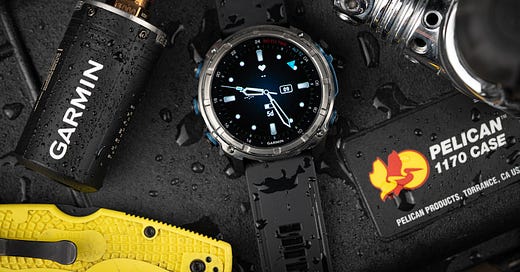



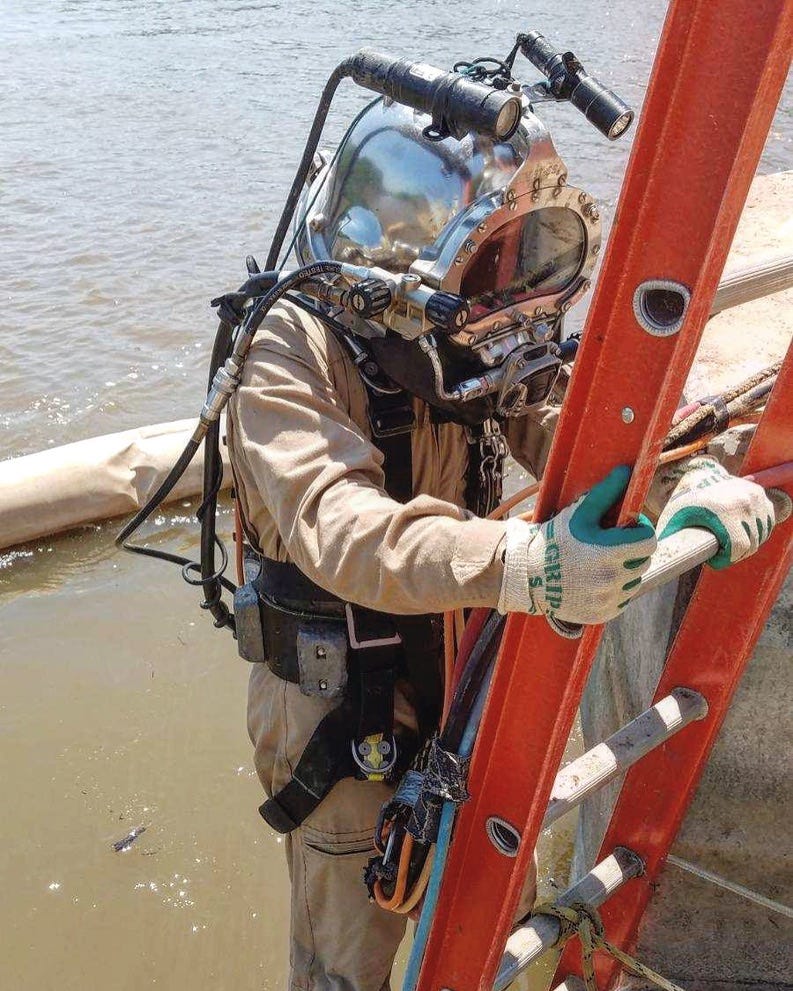


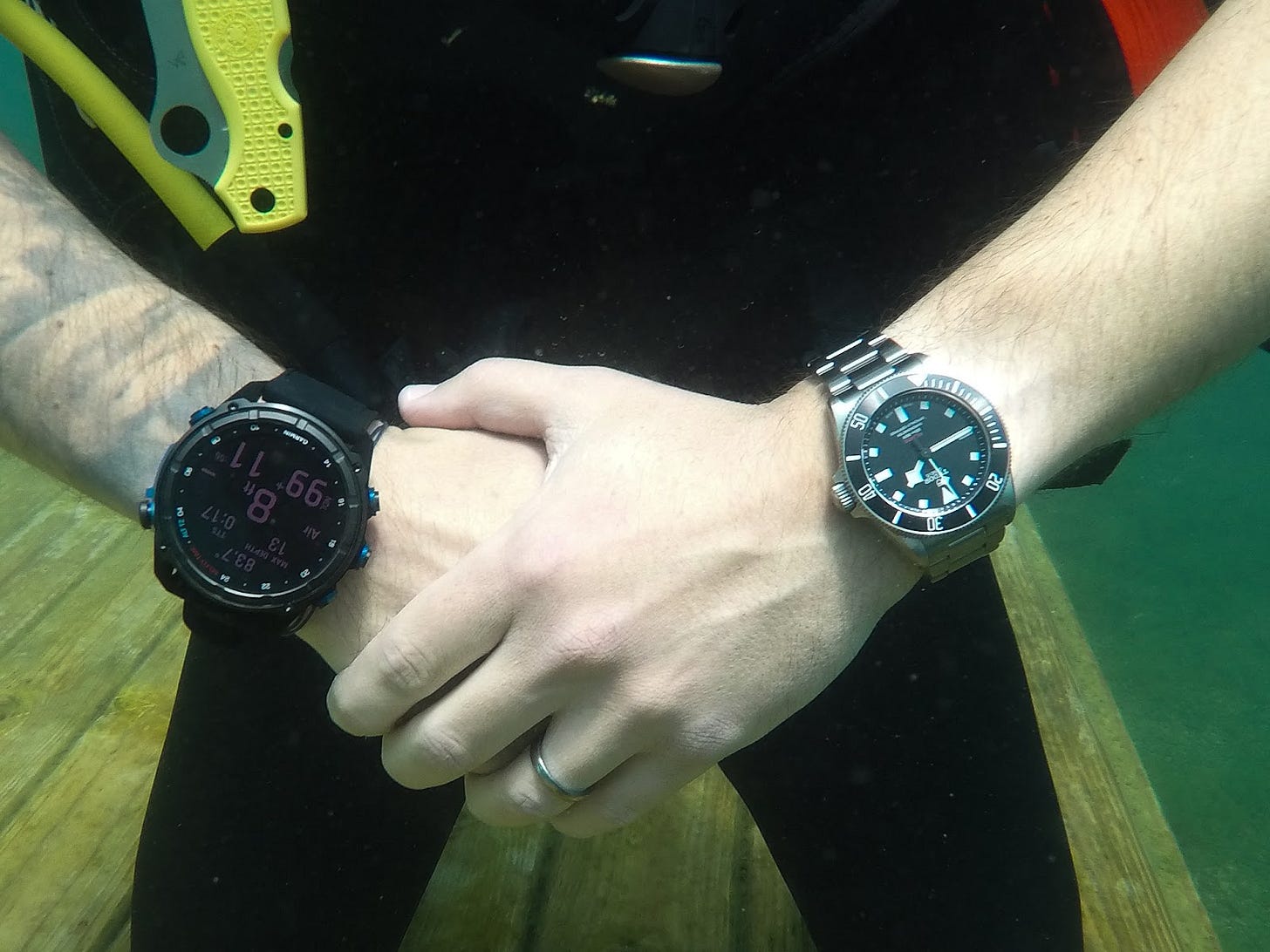
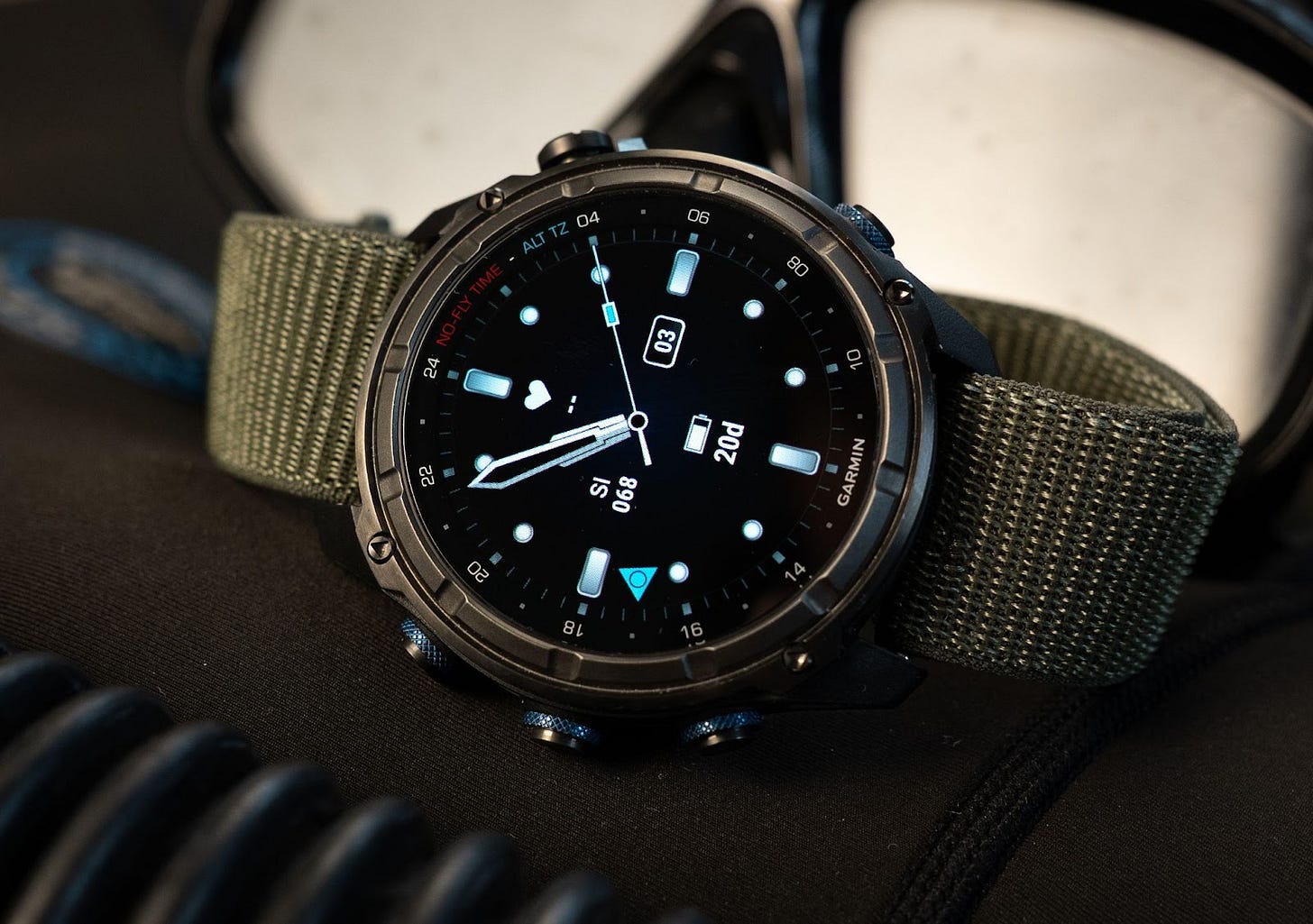
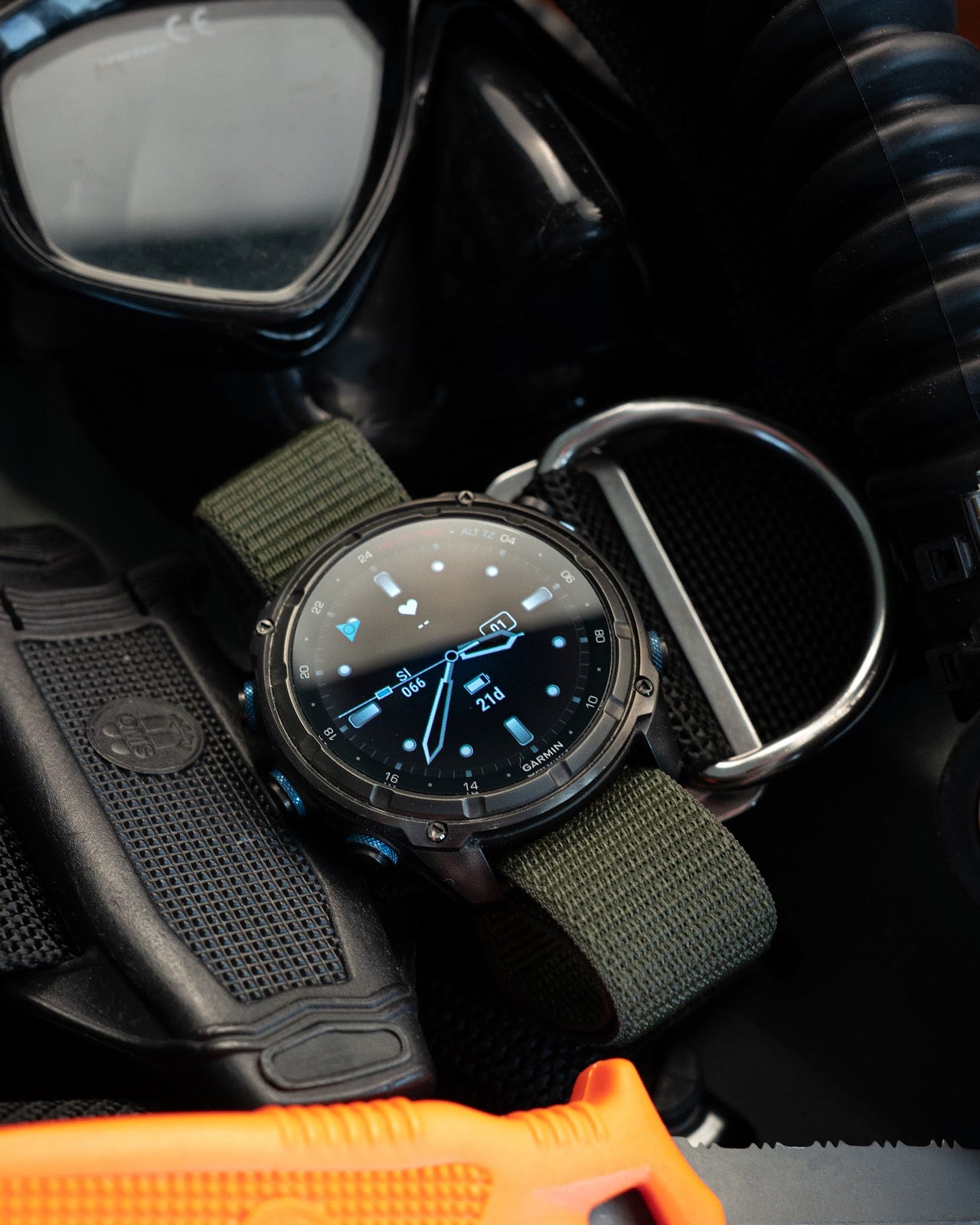
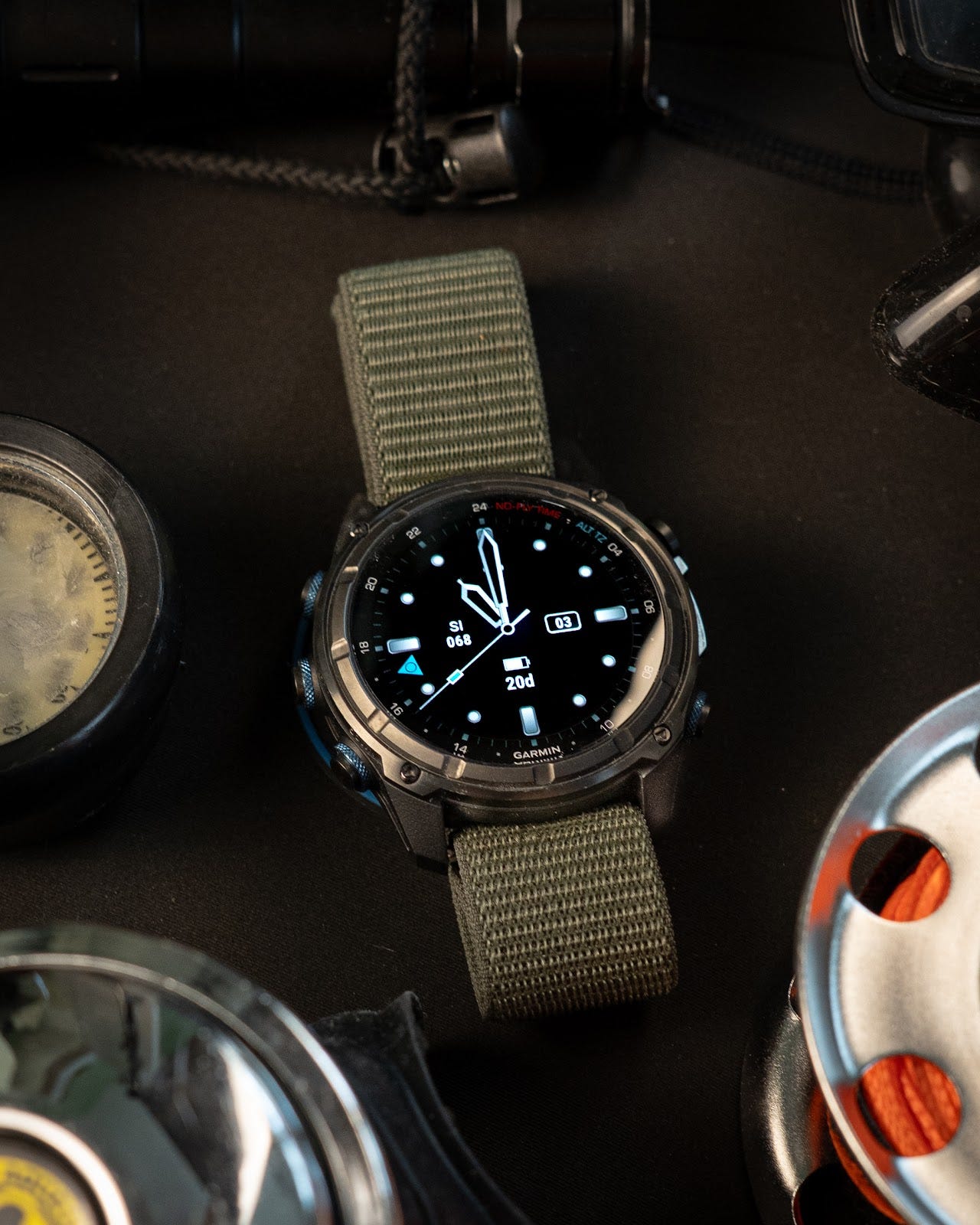
Loved it man. Informative and it told a story! Not many other reviews can do that!
Maybe I need to upgrade my Descent G1 as well....
Best dive computer review of all time. I’m calling it.